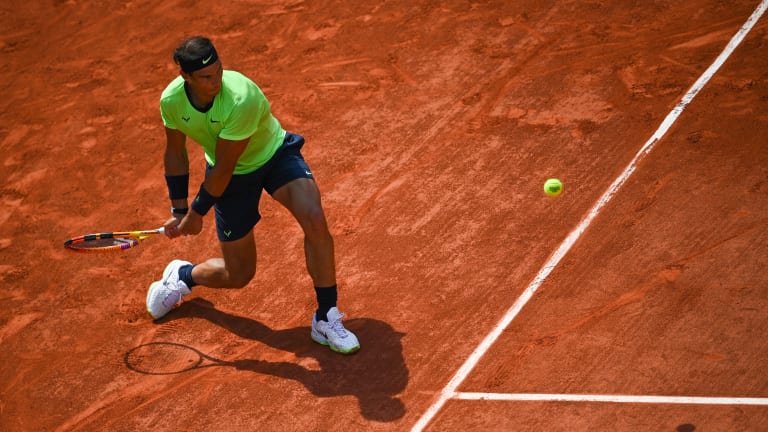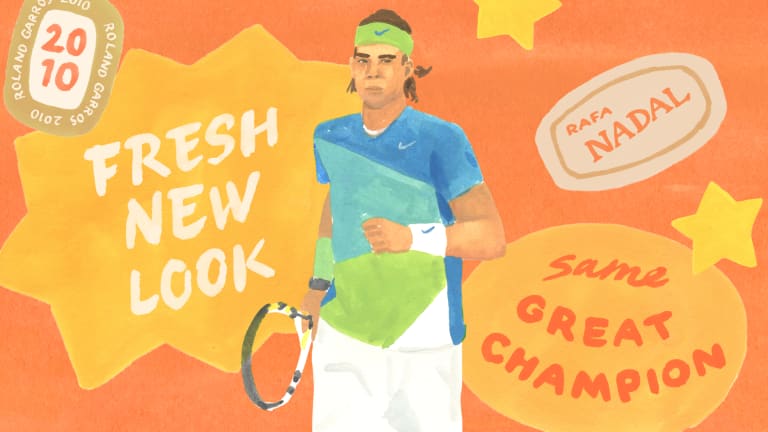10 Burning Questions in 2022
10 Burning Questions in 2022: Can we expect a Rafael Nadal rebound?
By Dec 27, 202110 Burning Questions in 2022
10 Burning Questions in 2022: Will the PTPA become a factor in the sport?
By Jan 07, 202210 Burning Questions in 2022
10 Burning Questions in 2022: Could this be the ATP season when we finally see a transition from the Big Three to the next generation?
By Jan 06, 202210 Burning Questions in 2022
10 Burning Questions in 2022: What does a WTA calendar look like without China?
By Jan 05, 202210 Burning Questions in 2022
10 Burning Questions in 2022: Is it time for Coco Gauff to deliver?
By Jan 04, 202210 Burning Questions in 2022
10 Burning Questions in 2022: Will Serena Williams play again?
By Jan 03, 202210 Burning Questions in 2022
10 Burning Questions in 2022: Which of the Russians will fare best on the ATP?
By Dec 31, 202110 Burning Questions in 2022
10 Burning Questions in 2022: What kind of impact will Emma Raducanu and Leylah Fernandez have?
By Dec 30, 202110 Burning Questions in 2022
10 Burning Questions in 2022: Will next season produce another first-time Grand Slam singles champion?
By Dec 29, 202110 Burning Questions in 2022
10 Burning Questions in 2022: What can we expect from Naomi Osaka’s return to tennis?
By Dec 28, 202110 Burning Questions in 2022
10 Burning Questions in 2022: Can we expect a Rafael Nadal rebound?
If so, a 14th Roland Garros title should be in the offing.
Published Dec 27, 2021
Advertising
Advertising

Rafael Nadal has been the player to beat on clay for nearly two decades.
© AFP via Getty Images
Advertising

Illustration by: Leah Goren